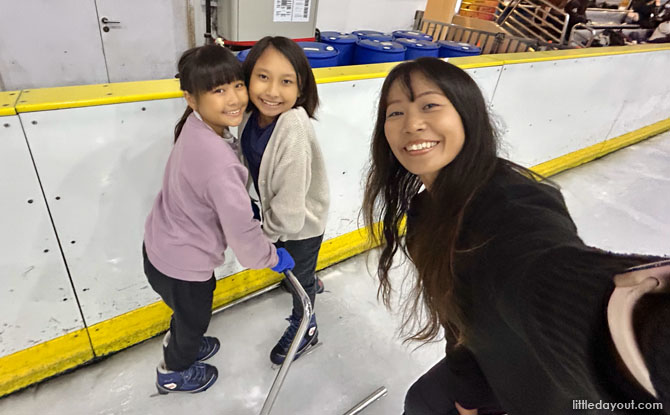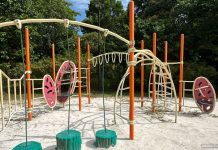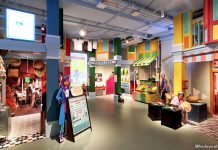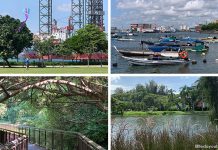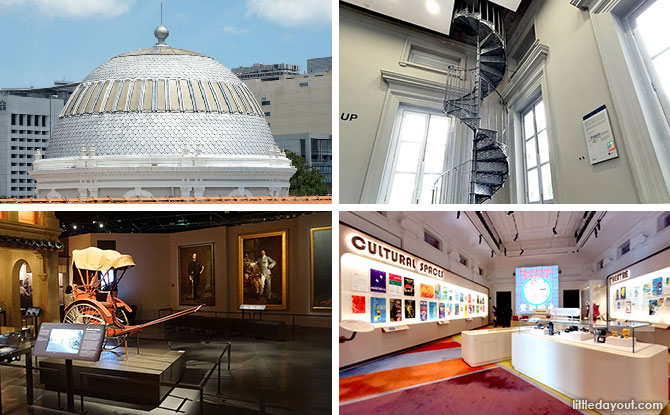
Singapore’s oldest museum – National Museum of Singapore is THE places to be for any tourist, visitor, local who want to learn more about Singapore’s past. The museum allows visitors to explore Singapore centuries ago from the 1300s to the present day.
The National Museum of Singapore not only hosts a wide range of exhibitions, they also have festivals and film screenings, sometimes even performances all year round.
There are seven permanent exhibition galleries that provide an interesting narrative of the Singapore story, told through historical artefacts and accounts, also giving a fresh look at the conventional museum experience with creative storytelling.
National Museum Of Singapore: Architectural Gem
Year-end Holiday Camps: Discover Fun and Exciting Camps for Kids; Book Early
Farm Fright: Join City Sprouts For Their Halloween Bash On 26 Oct
The original building was officially opened in 1887, it features an elegant neo-palladian design. It began as Raffles Library and Museum in 1845. It housed a rich ethnographic and natural history collection. As you enter the National Museum of Singapore, the 27m high Rotunda Dome is one of the most striking features.
In 2003, the extensive rebuilding and conservation project of National Museum of Singapore helped restore the building to its former glory. All 50 pieces of stained glass from the old dome were carefully restored over more than six months.
There are three levels of galleries at National Museum of Singapore – Basement, Levels 1 and 2. Temporary exhibitions are usually held in the basement.
At Level 1 where the main entrance is, visitors will be greeted by the iconic Rotunda once they step in. After registering or purchasing tickets at the information counter, visitors will see the staircase leading up to level 2.
We recommend visiting the Glass Rotunda first and entering the digital exhibition Story of the Forest. The route will also lead visitors to the first section of the Singapore History Gallery.
Singapore History Gallery Level 1
Start your visit to the National Museum of Singapore at the Singapore History Gallery, which documents the humble beginnings of Singapore, to it’s transformation into the bustling modern city it is today.
There are two ways to enter the gallery – via the entrance on the first floor or through the Glass Rotunda on the second floor. We recommend the Glass Rotunda where a multimedia treat awaits.
Story of the Forest is a digital exhibition that immerses visitors into a digital forest. This digital work draws inspiration from a set of pictures of the region’s flora and fauna commissioned by William Farquhar, the first Resident of Singapore. It is a digital throwback to the natural environment that existed in the region.
Beyond Story of the Forest is the first section of the gallery.
In the Singapore History Gallery, 700 years of our tiny island’s history is divided into four time periods, Singapura (1299 to 1818), Crown Colony (1819 to 1941), Syonan-To (1942 to 1945) and Singapore (1946 to present).
Singapura transports visitors to the quasi-mythical time when Singapore was a fishing village. On display are artefacts of significance such as gold earrings and an amulet which suggest the presence of royalty in then-Temasek.
Archaeological evidence from this period, in the form of Chinese coins, pottery and gold jewellery excavated from sites such as Fort Canning Hill, suggests that the island was a trading port.
Do stop and have a look at the Singapore Stone. While it isn’t the Rosetta Stone, it is still a fragment of life in Singapore before the British arrived and decided to blow it up to widen the entrance to the Singapore River.
However, Temasek eventually went into decline and stayed that way until the next epochal event took place, the arrival of Raffles in 1819. In search of a trading port, Raffles landed in Singapore and struck a bargain to establish a British settlement on the island.
Today, Raffles’ portrait presides over the Crown Colony section of the Singapore History Gallery.
Highlights to look out for include a 1819 handwritten letter by Raffles where he describes Singapore as “a child of my own” and the Revere Bell which used to be sound the curfew in Singapore.
Here, visitors get a glimpse of life in colonial Singapore, with side-rooms that showcase its seedy underbelly such as secret societies and opium dens.
Singapore thrived on trade and the original Malay village that first greeted Raffles was quickly transformed into a colonial town.
This transformation is chronicled in the Emporium section of the Singapore History Gallery.
As the city grew, prominent community leaders rose up and the emerging society is captured within the Port Town section of National Museum of Singapore’s History Gallery.
By the 20th century, Singapore’s fortunes were on the rise. More migrants arrived in Singapore and by the 1930s, Singapore was popular enough of a destination for American Express and Thomas Cook to publish travel guides about it.
These fortunes changed dramatically with the arrival of World War Two and the clouds of war loom large in the next section, Syonan-To. The first bombs fell on Singapore in December 1941 and the island-city eventually occupied by the Japanese from February 1942 to August 1945.
The eye is sure to be drawn to a Type 95 Ha Go Japanese tank replica. The most common Japanese tank of World War Two, in the Battle of Singapore, the Type 95 reached Bukit Timah within days of the Japanese landing at Serembun. The tank replica is one of four constructed for Tom Hanks and Steven Spielberg’s television series, The Pacific.
This period of Singapore’s history is known as the Japanese Occupation and is captured within the Gallery.
After World War Two, like many countries, Singapore proceeded down the road towards self-government. Political awakening resulted in multiple parties emerging and the struggle for independence.
The Singapore section delves into the county’s post-war years. It runs the gamut from the early days of political awakening to independence from Malaysia and a young nation tackling of economic and social challenges.
1963 saw the merger with Malaysia. However, two years later, expulsion from Malaysia thrust Singapore into the realm of nationhood on 9 August 1965.\
This story is captured in the last few sections of the Singapore History Gallery at National Museum of Singapore.
It recounts how the newly minted Singapore dealt with issues such as security, employment and housing.
Thematic Exhibition Galleries at Level 2 – Currently Closed as They are Being Refreshed
On level two of National Museum of Singapore are five smaller thematic exhibition galleries, including Our Life in Singapore galleries, where experiencing Singapore is inevitable. As you enter level 2 through the Glass Passage, you will see the rotunda in greater detail – the elegant Palladian motifs and fish-scaled zinc tiles.
Even though these galleries were significantly smaller, they provided an immersive experience into Singapore’s past from its colonial days, war times, growing years and the retro times in 70s. The Goh Seng Choo Gallery also showcased William Farquhar’s beautiful natural history drawings.
Modern Colony: 1925 – 1935 deals with Singapore at its colonial heyday. It provides a peek into high society, those who worked behind the scenes and the role of women. Set in a 1920s black-and-white, the gallery examines everyday lives of the affluent Straits-born and migrant Chinese. The gallery gives a sense of life under British rule in the 1900s. What was striking was the evolution of women’s identity and enhanced social status.
Surviving Syonan: 1942 – 1945 takes a personal look at the war years, detailing life during the Occupation. From learning to speak Japanese and finding means to earn a living, life under occupation is told from a personal level. The gallery shows the darkest chapter in Singapore’s history and how the people coped with life under the Japanese. Audio and video clips of people who went through the war were particularly poignant.
Growing Up: 1955 – 1965 delves into life in Singapore during the years leading up to independence. It explores the nation’s post-war years and provides a glimpse into kampong life and popular icons of the day. See if any of the childhood games look familiar, take a vote on your favourite games and take a peek into what care free childhood days were like.
Voices of Singapore: 1975 – 1985 provides a look at relatively more recent times and includes a nostalgic film montage that of Singapore in the seventies and eighties. Take a seat at the old Kallang Stadium seats or the cars at the drive-in cinema, it might be a charming walk down memory lane for some.
The Goh Seng Choo Gallery is dedicated to William Farquhar’s collection of Natural History drawings.
These thematic galleries are currently being refreshed and we look forward to them reopening in the future.
Artworks at National Museum of Singapore
One should also look out for artworks by local artists in the museum. Right in front of the building is the sculpture 20 Tonnes by Han Sai Por. The sculpture was constructed using traditional techniques of breaking stone, resembling the famous Stonehenge.
Below the staircase by the ticketing counter is Yip Yew Chong’s History of the National Museum of Singapore murals.
The murals pay tribute to the museum’s origins as Raffles Library and Museum.
The tiger is reminiscent of the Museum’s zoological collection, and the landscape a partial reproduction of Singapore from Mount Wallich, acquired by the Museum in 1950s.
Spot the swinging chandeliers at level titled Wings of a Rich Manoeuvre by Suzann Victor. The eight mesmerising wing-like chandeliers swing in choreographed oscillations based on harmonic motion. It marks the passing of time to the past then to the present.
Behind Singapore National Museum, one can see a gigantic chilli titled Pedas Pedas by artist Kumari Nahappan. Next to it is a broccoli-like sculpture titled In the Eye of the Red Dot by Yeo Chee Kiong. It resembles a blossoming flower, symbolising Singapore’s flourishing success and achievements.
Other Interesting Sights at NMS
Spiral Staircase
Ever wondered more about the Museum’s past? The spookiest part might be the spiral staircase at level 2 which is closed. Rumours of it being haunted abound and it being shut off adds to its intrigue.
Unicorns at the Museum
Look closely at the triangular pediments at the National Museum of Singapore’s exterior and you will be able to spot unicorns on the façade. These mythical creatures are found supporting Queen Victoria’s Coat of Arms and represent Scotland.
When the building was opened in 1887, Singapore was still part of the British empire. 1887 was also the year of Queen Victoria’s Golden Jubilee, in other words, her fiftieth year on the throne, explaining why her crests adorn the building.
Today, only three of the four Coat of Arms on the National Museum of Singapore are original. One of them facing the rear was damaged and had to be recreated by artisans from India.
Banyan Tree
An enormous Banyan Tree sits on the front lawn of the Museum. This has become an iconic tree for many, with contemporary art pieces inspired by the grand old dame.
Gemmil Fountain
Tucked away in a courtyard at the Singapore National Museum is the Gemmill Fountain. It is Singapore’s oldest public drinking fountain and was donated by banker John Gemmill in 1864. Find out more about the Gemmill Fountain.
Brick Wall in Gallery Theatre
If you ever have the chance to visit the National Museum of Singapore’s Gallery Theatre, you will notice a wall made of red bricks. This wall of 16,720 bricks pays tribute to the former National Library building located along Stamford Road. The building was demolished in 2004 and the Gallery Theatre now sites on the location of its old car park.
You can also view some of bricks at the Central Public Library’s wall of memories.
F&B and Retail
There are a few food and beverage outlets at National Museum of Singapore located at level one – Food for Thought and Flutes. Food for Thought is a family-friendly café with meal and dessert options. The latter is a fine-dining restaurant.
Reunion, a space for seniors, at National Museum of Singapore also has a cafe.
Temporary Exhibitions
Other than permanent exhibitions, one can enjoy the many temporary exhibitions. Many of them are either held at the Stamford Gallery by the main entrance of the museum, or at the Basement Galleries which can be accessed via the escalators next to Food for Thought.
Simply check the National Museum’s website for other events and exhibitions which are held through the year.
An example of a temporary exhibition is the travel themed exhibition is on at the National Museum called Now Boarding: Experiencing Singapore through Travel, 1800s – 2000s.
Temporary exhibition presented itself as a travel guide and allows visitors to explore the history of Singapore as a popular travel destination. Tickets are free for Singaporean citizens and PRs.
History of the National Museum of Singapore and Interesting Facts
Nation’s Oldest Museum
With a history dating back to 1849, the National Museum of Singapore is the country’s oldest museum.
Librarian or Curator – Which Came First?
On 22 January 1845, the subscription-based Singapore Library opened. In 1849, it received a donation of two ancient gold coins from Temenggong Ibrahim of Johor. This started off the Library’s museum collection. As its collection grew, the institution became known as the Singapore Library and Museum. This eventually came under the purview of the colonial government in 1874 and was renamed the Raffles Library and Museum.
A dedicated building to house the library and museum was opened along Stamford Road in 1887. This is the building that we now recognise as the National Museum of Singapore today.
Eventually, it was only in 1955 that the museum and the library finally parted ways administratively. The library moved to its own building next door to the museum in 1960.
Name Changes
The museum has gone through several name changes. These reflect its changing roles over the course of its history. It was first known as the Raffles Library and Museum under the colonial government.
During the Japanese occupation of Singapore, it was renamed Syonan Hakubutsu Kan or the Syonan Museum.
At the end of the war, the institution’s name reverted to Raffles Library and Museum. After Singapore gained self-government in 1959, the museum was renamed National Museum in 1960 as a way to indicate a break from the colonial past. The institution came under the auspices of the Ministry of Culture.
It remained the National Museum until 1993 when the National Heritage Board was formed. It was then renamed the Singapore History Museum.
In 2006, after $132 million renovation that required the museum to shift to temporary premises at Riverside Point shopping mall, the museum returned to its 93 Stamford Road 178897 home and was renamed National Museum of Singapore.
Sanctuary During The War
The museum emerged relatively unscathed from World War II. This was not purely by chance as many other institutions in occupied territories had their collections looted and destroyed.
This was in part due to a Professor Hidezo Tanakadate who was sent by Emperor Hirohito to do a survey of scientific institutions in the region. There is a story told about how after the fall of Singapore to the Japanese, he pasted “Do Not Enter” signs on the Stamford Road building to discourage the Japanese military from seizing it.
What spurred him to do this act, even though he did not have proper military authority to do so, was a chance encounter he had with E.J.H. Corner, Assistant Director of the Botanic Gardens. At the meeting, Corner had passed him a formal note from Governor Shenton Thomas requesting for the scientific and historical collections in the museum to be preserved for their intrinsic value. This led to the Professor’s actions to help preserve the museum.
During the Japanese Occupation period, Marquis Yoshichika Tokugawa was appointed President of the Museum and Gardens. As a relative of the Emperor, Tokugawa’s appointment also brought some security to the museum and its collections.
In fact, the statute of Raffles which stands outside the Victoria Theatre and Concert Hall was brought to the museum for safekeeping during the war. Thanks to the sanctuary provided by the museum, the statue is still around today.
Natural History or National History
For much of history, the predecessors of National Museum of Singapore focused on natural history. It had animal specimens collected from the region for scientific research.
Many older visitors will remember the bones of an Indian Fin Whale on display at the top of the stairs at the National Museum of Singapore.
In 1960, the museum started to change its focus away from zoology and towards nation-building efforts. It came under the oversight of the Ministry of Culture, before moving to the Ministry of Science and Technology and then back to the Ministry of Culture.
By the late 1970s, the National Museum had firmly established its role as a place that focused on local history and where people could reflect on their roots. This is a role it fulfils till today.
So, what became of the Raffles Library and Museum’s original natural history collection? It was handed over to the National University of Singapore and can be viewed at the Lee Kong Chian Natural History Museum.
Etiquette at the National Museum of Singapore
Please observe proper museum etiquette when visiting the National Museum. Baby strollers and wheelchairs are allowed in the galleries.
However, please note that flash photography and selfie sticks are not allowed in the galleries.
Please do not bring food and drinks into the gallery, or touch any of the display pieces, so as to protect the valuable collection at the museum.
Tickets to the National Museum of Singapore
There is free admission to the National Museum of Singapore’s permanent galleries is for Singapore Citizens and Permanent Residents. Admission charges apply otherwise.
Charges may apply for special temporary exhibitions held at the Museum.
National Museum of Singapore Closure
Parts of the National Museum Singapore will be undergoing restoration and upgrading works. These include the permanent galleries, which will be closed in phases.
The Level 2 galleries closed starting 4 September 2023, the Glass Rotunda will be closed in the second half of 2024, and the Singapore History Gallery on early 2026.
The museum will remain open during this period, with some exhibitions and programmes, as well as dining and retail offerings. For more information, go to their website.
Visiting National Museum of Singapore
Address: 93 Stamford Road, Singapore 178897
Opening times: Daily at 10am to 7pm, last admission at 6.15pm.
Free admission for Singapore citizens. Admission charges apply otherwise.
Website
With additional updates by Tan Ee Jia.


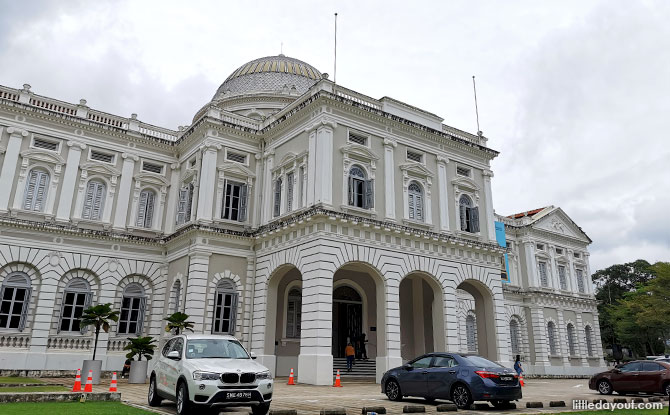
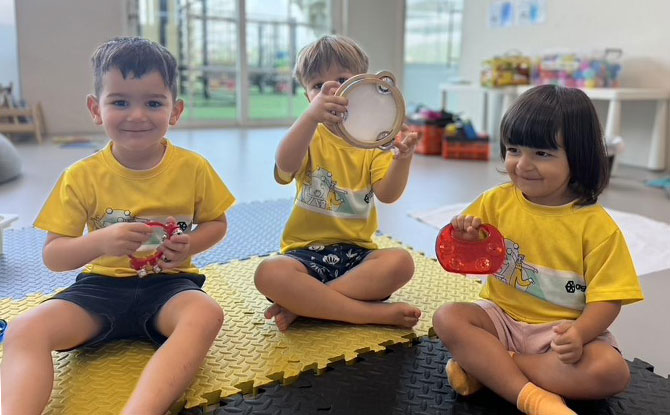

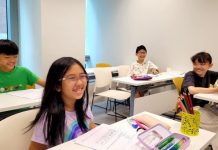
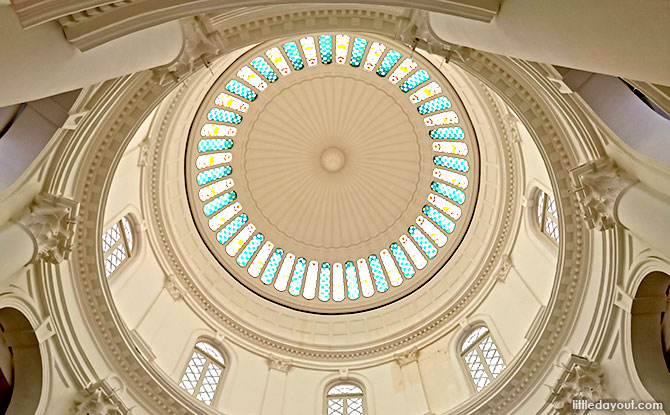
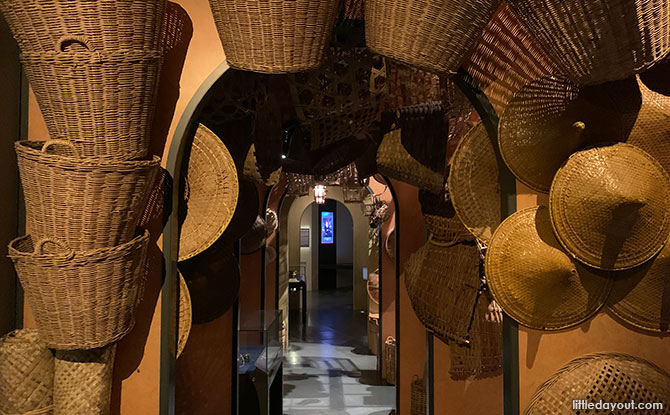
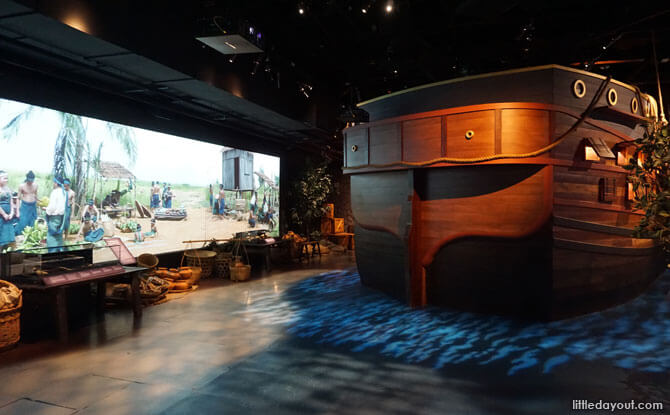
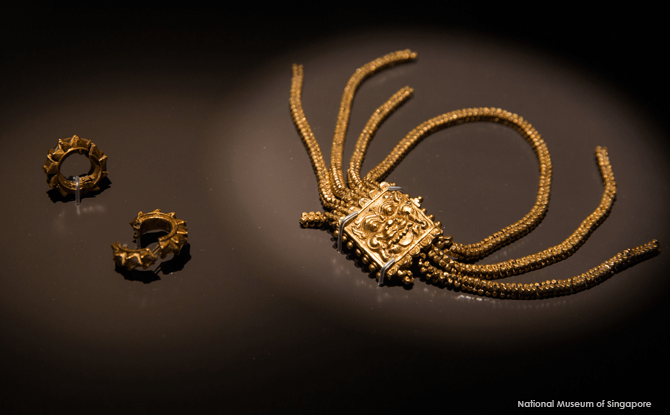
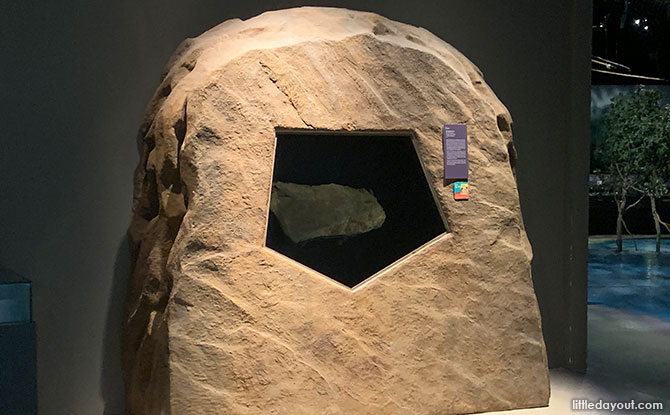
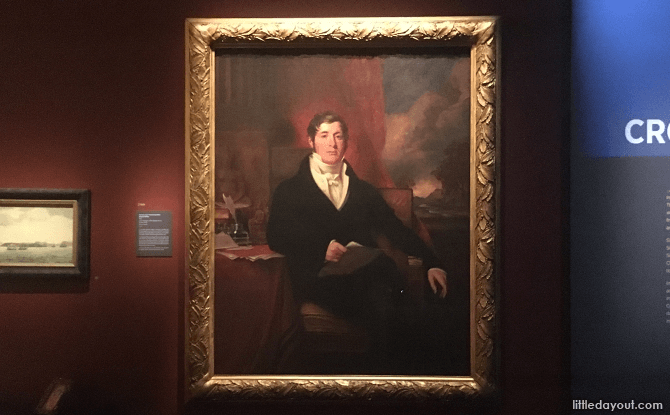
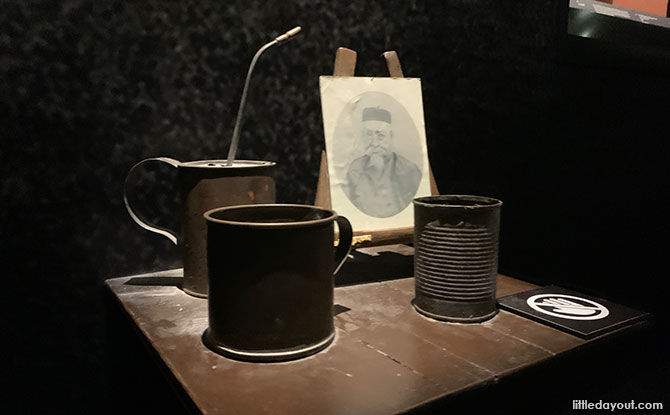
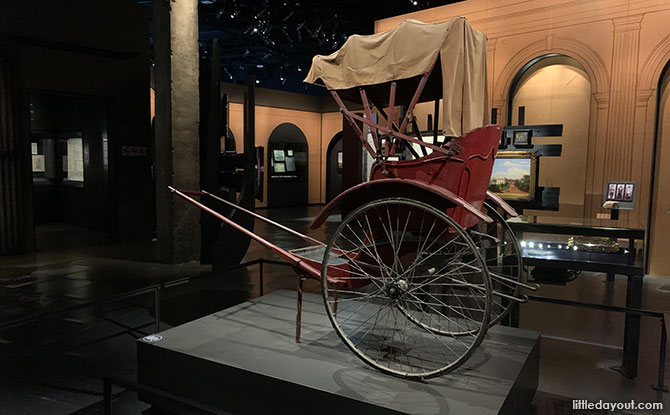
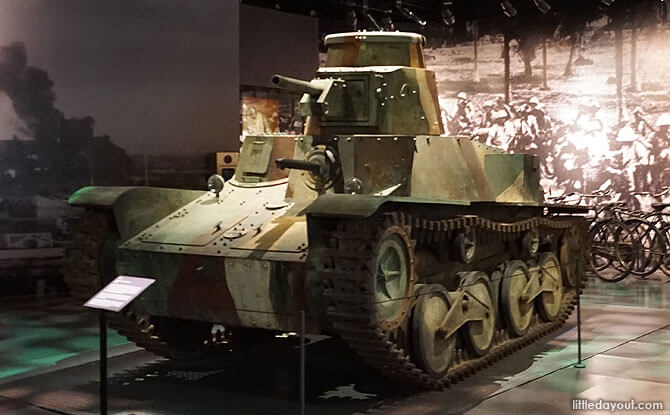
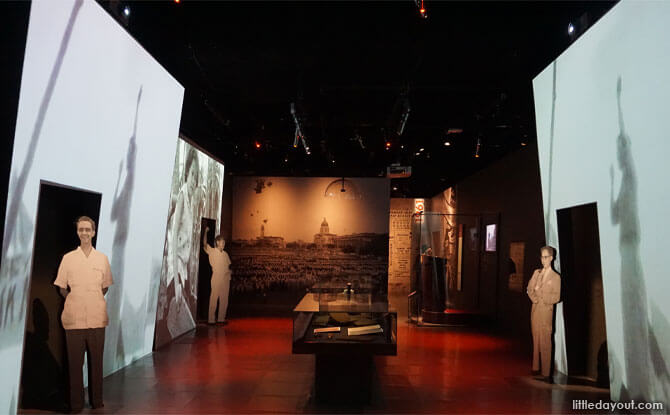
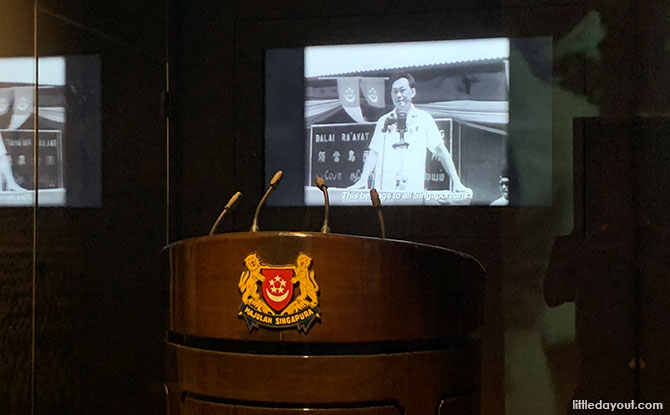
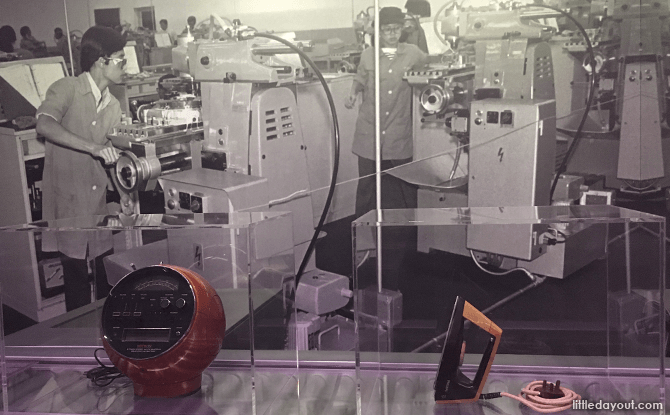
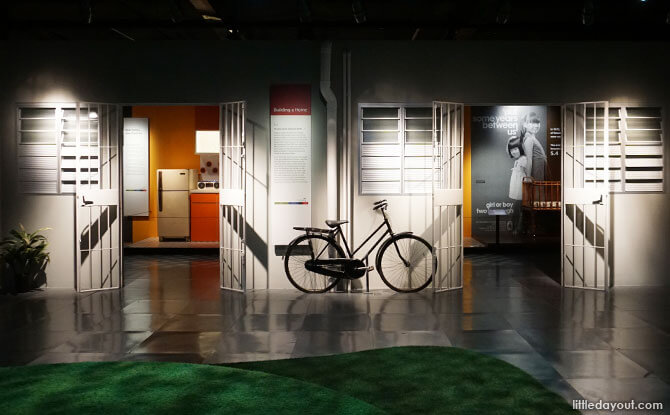
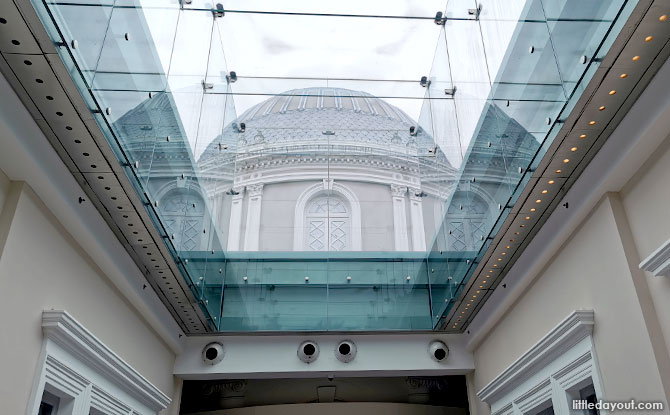
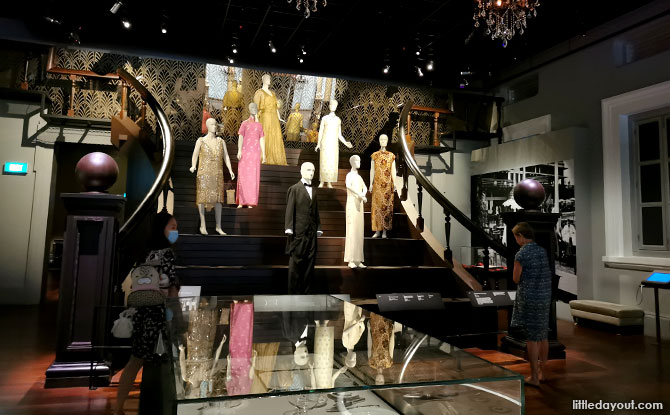
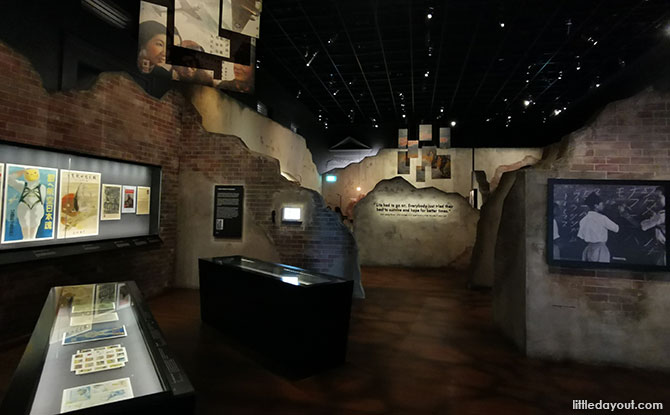
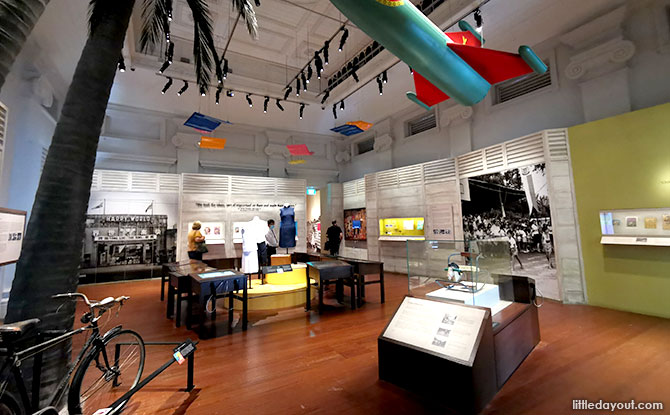
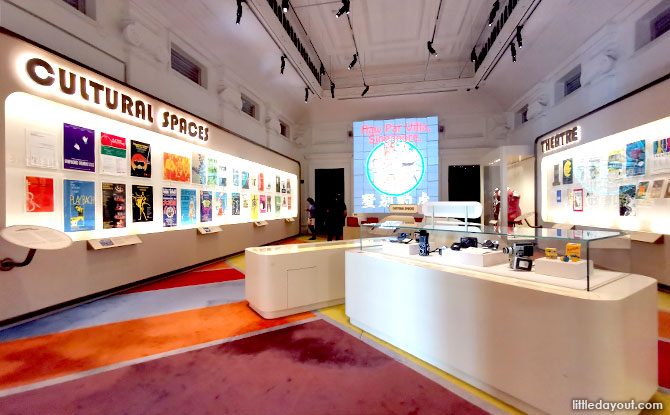
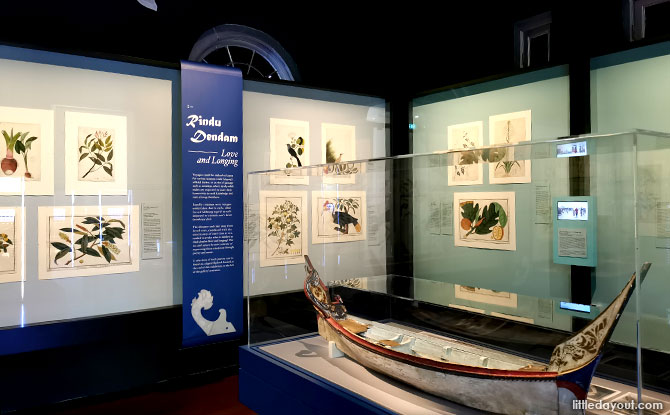
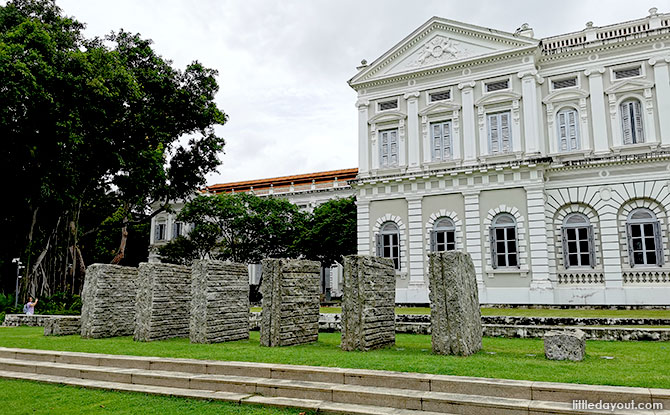
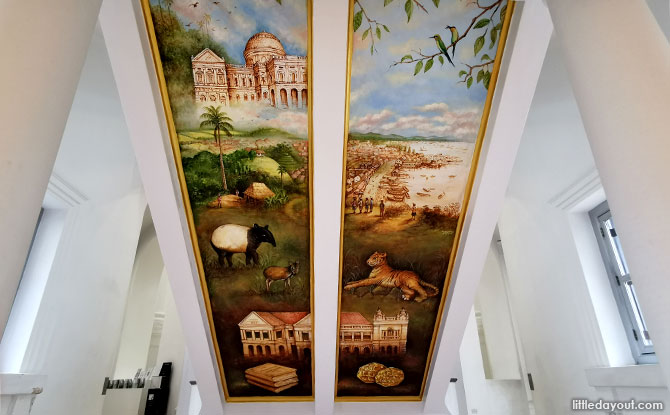
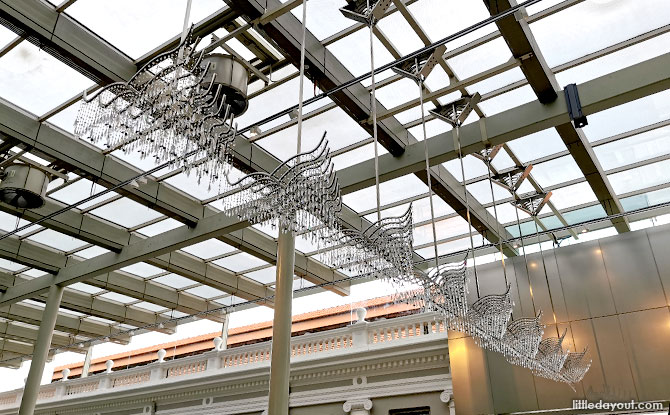
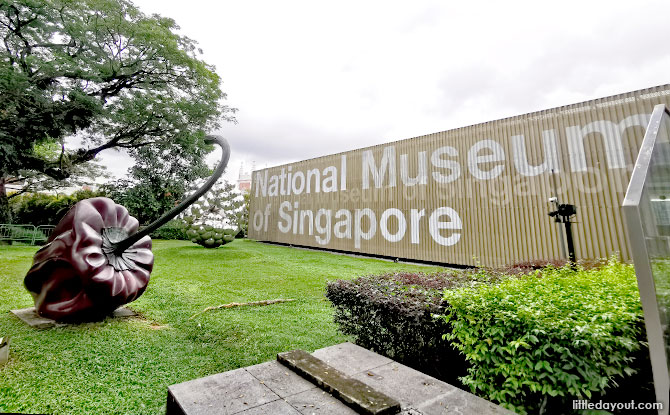
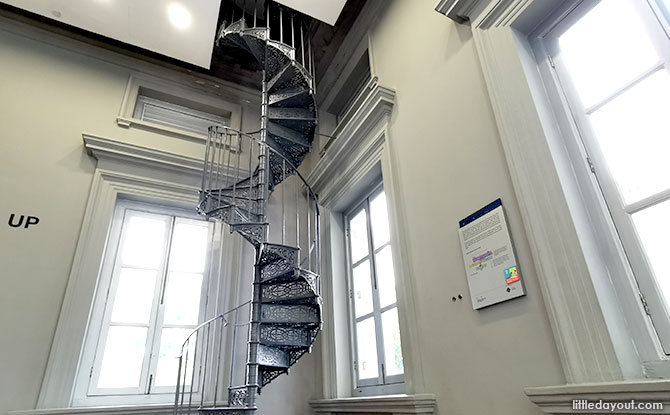
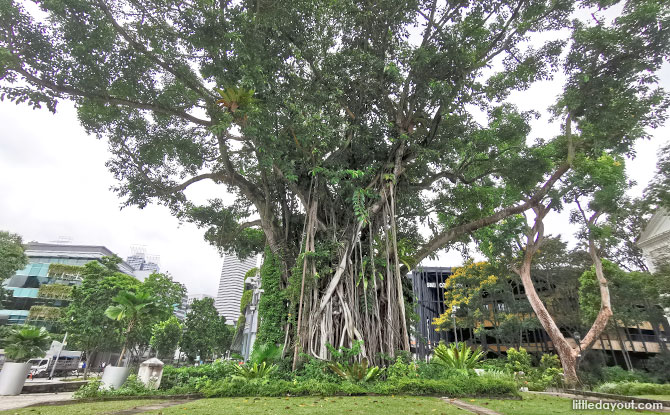
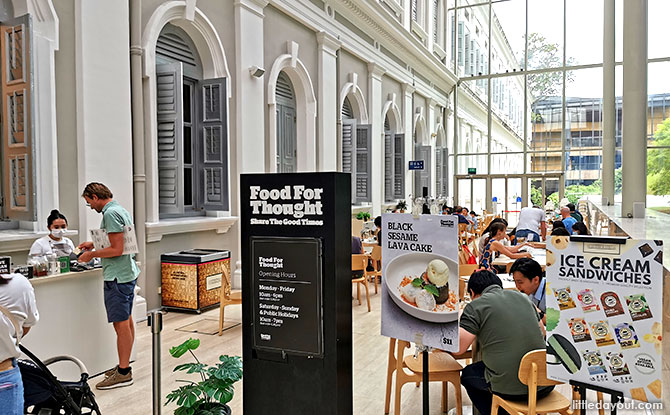

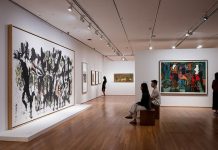
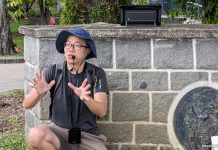
![[Updated] 53 Best Free Outdoor Playgrounds In Singapore For Kids 50 Best Free Outdoor Playgrounds In Singapore For Kids](https://www.littledayout.com/wp-content/uploads/outdoor-playgrounds-01-218x150.jpg)
